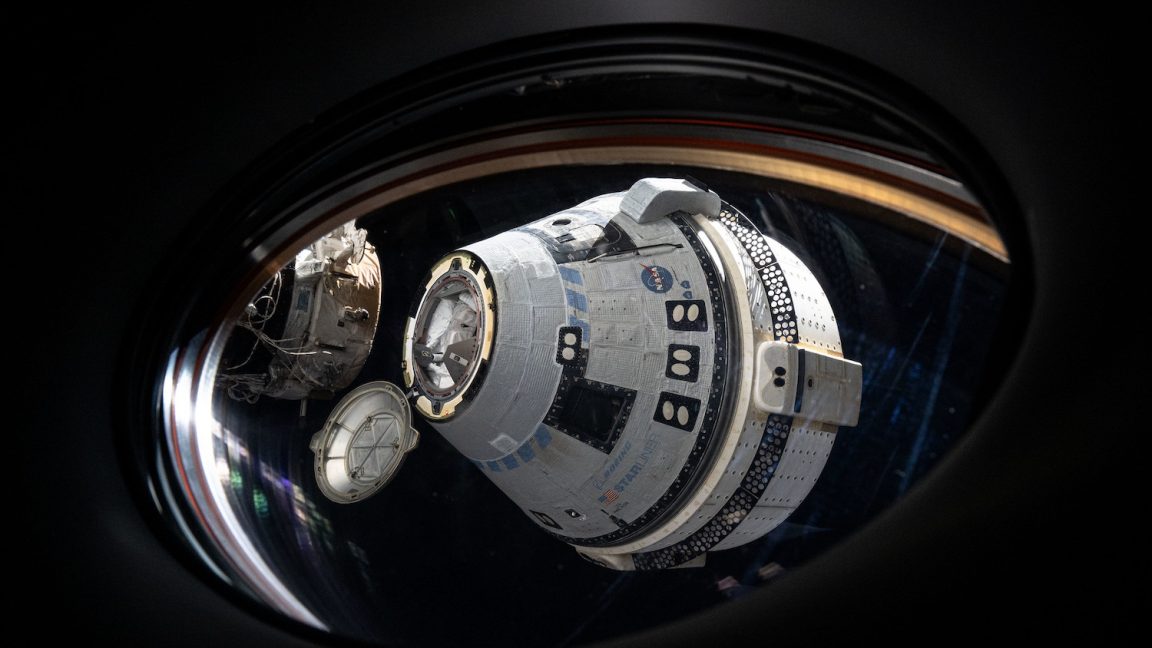
Solar-powered animal cells Researchers combine chloroplasts from algae with hamster cells Research news
Energy-making chloroplasts from algae have been inserted into hamster cells, enabling the cells to photosynthesize light, according to new research in Japan. It was previously thought that combining chloroplasts (chlorophyll containing structures in the cells of plants and algae) with animal cells was not possible, and that the chloroplasts would not survive or function. However, results showed that photosynthetic action continued for at least two days. This technique could be useful for artificial tissue engineering. Tissues can struggle to grow due to a lack of oxygen, but adding chloroplast-infused cells could enable oxygen and energy to be supplied through light exposure and photosynthesis.
Would you like to be solar powered? What if, like plants or algae, just lying around in the sun could help you get energy (and not just because of all the vitamin D)? It may seem like science fiction, but some animals have already tapped into this nifty trick. Giant clams, for example, live in a symbiotic relationship with algae. Algae contain chloroplasts, and so can photosynthesize light into food and oxygen. While the clams provide a home for the algae, the algae provide energy to help their amiable hosts thrive.
However, unlike plants and algae, animal cells do not contain chloroplasts. That is until now, as researchers have demonstrated that it is possible to functionally combine the two.
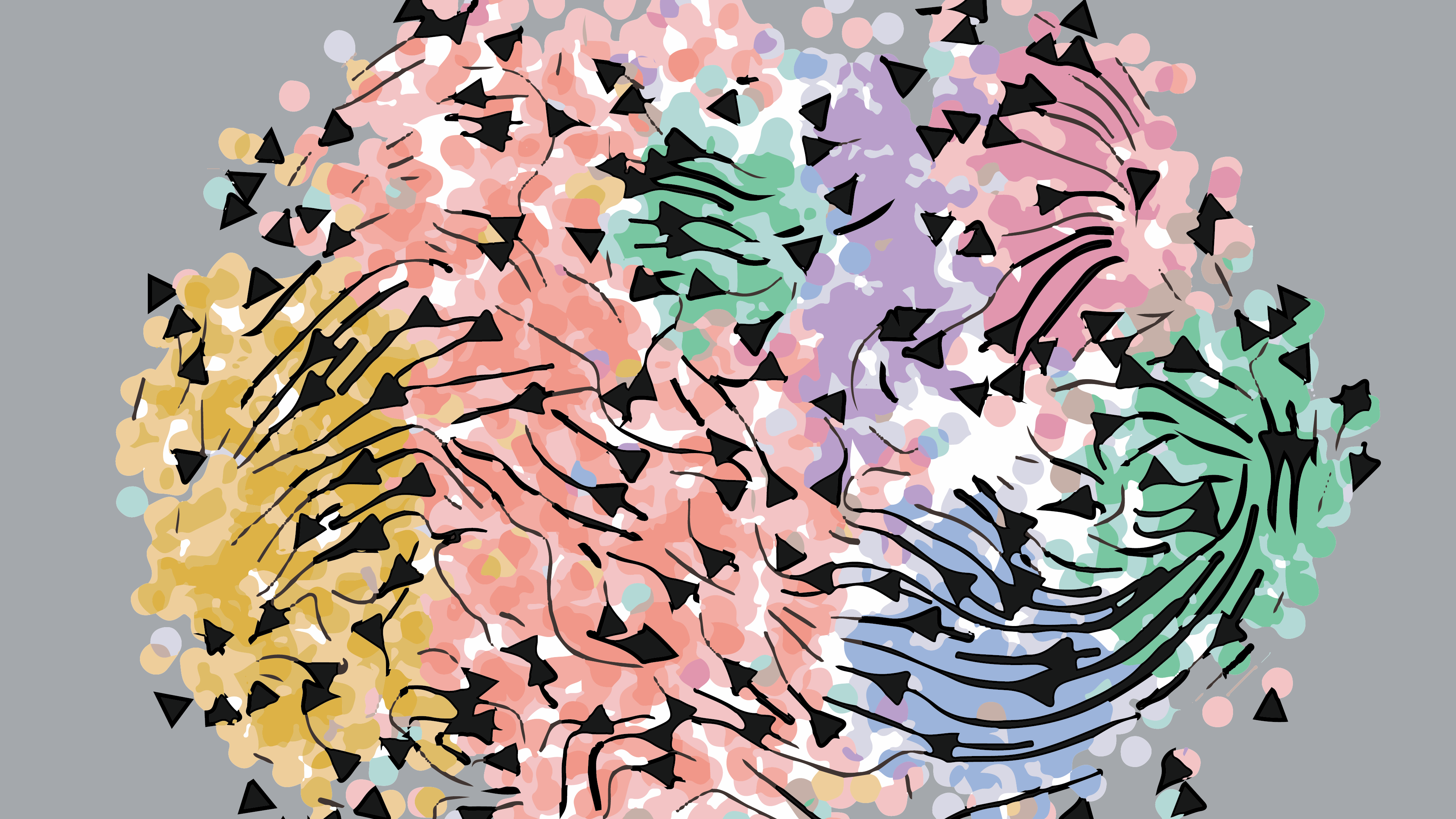



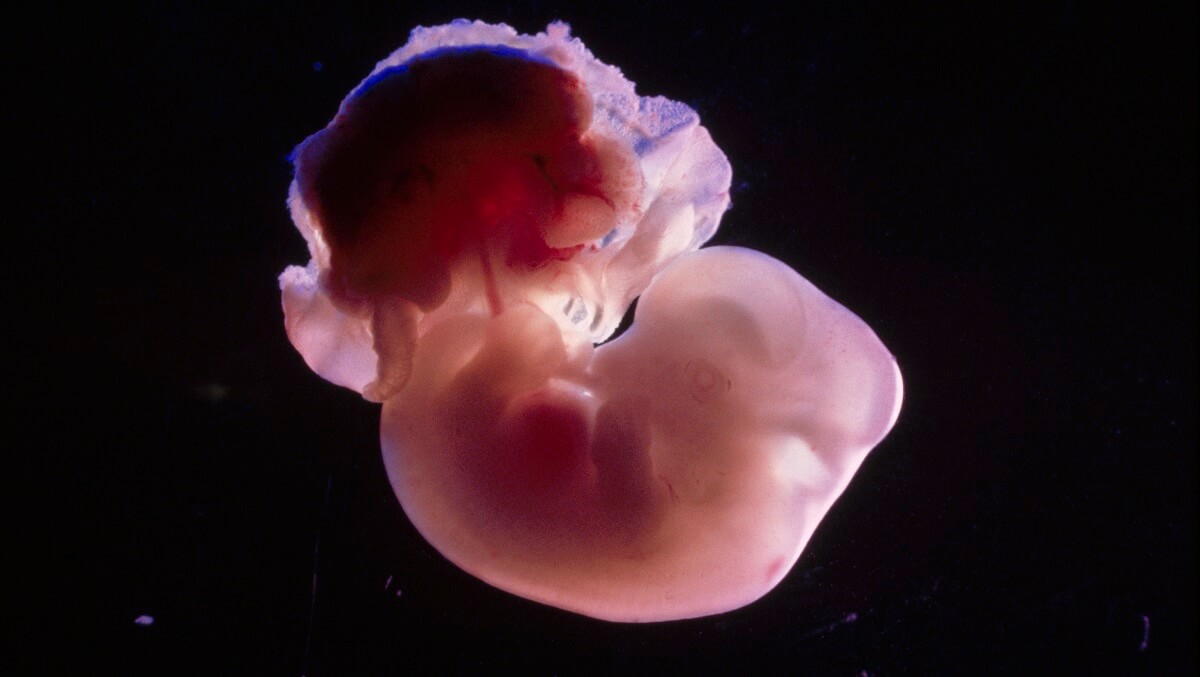
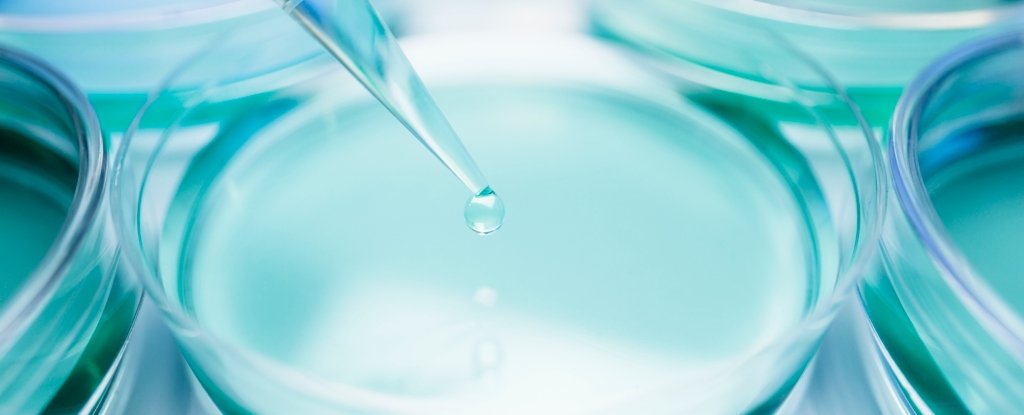





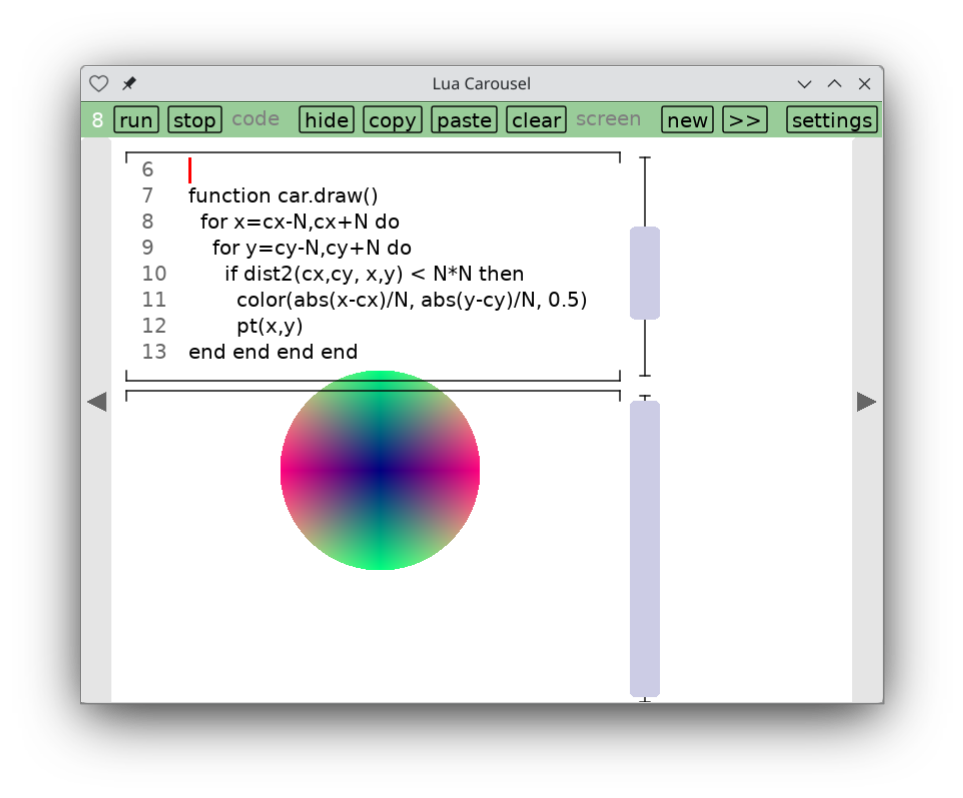
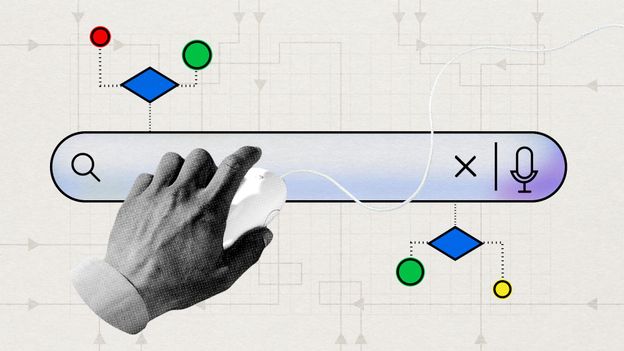
.png)







